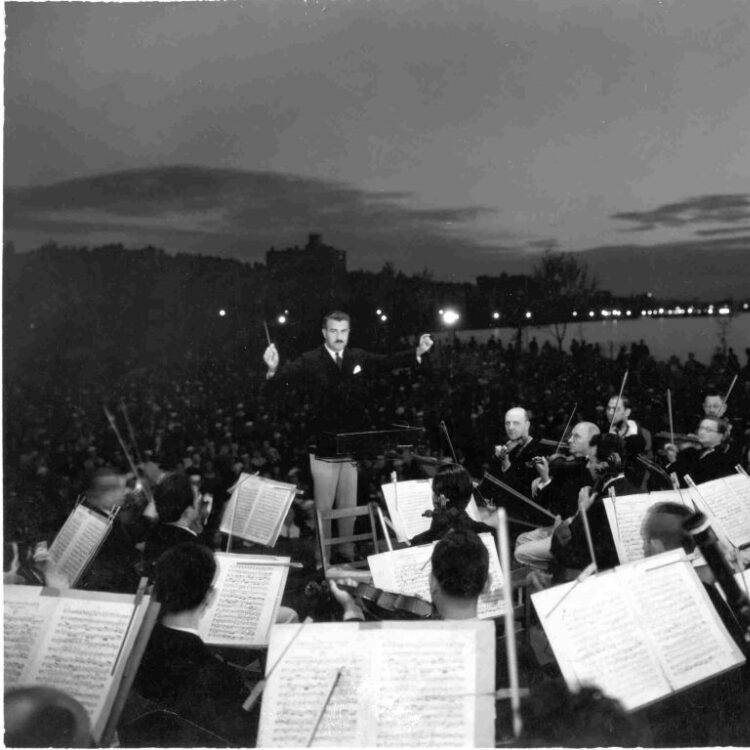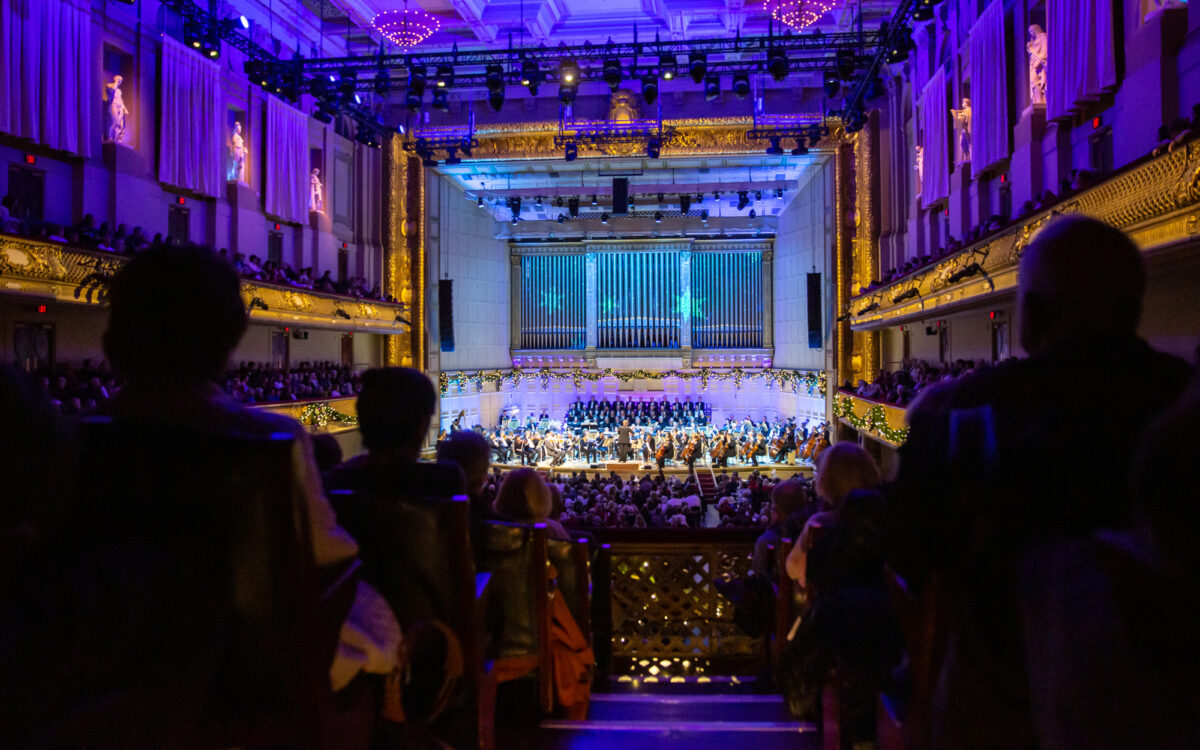History of the Boston Pops

"The Boston Pops Orchestra performs the best music of the past and present, appealing to the widest possible audience with a broad spectrum of styles, from jazz to pop, indie rock to big band, film music to the great American songbook, and Broadway to classical, making it the perfect orchestra for people who don't know they like orchestras!"
Keith Lockhart
For more than 135 years, the Boston Pops has entertained audiences in Boston and beyond, with Boston Pops Conductor Keith Lockhart leading the orchestra since 1995. It all began in 1885, thanks to the vision of Civil War veteran Henry Lee Higginson. Four years earlier, in 1881, he founded the Boston Symphony Orchestra, calling its establishment "the dream of my life." From the start he intended to present, in the warmer months, concerts of light classics and the popular music of the day. From a practical perspective, Higginson realized that these "lighter" performances would provide year-round employment for his musicians. The "Promenade Concerts," as they were originally called, were soon informally known as "Popular Concerts," which eventually became shortened to "Pops," the name officially adopted in 1900. The following year the orchestra performed for the first time in its new home, Symphony Hall. Not only is this performance space acoustically outstanding, it was also designed, at Higginson's insistence, so that the rows of seats for Boston Symphony concerts could be replaced by tables and chairs for Pops concerts. To this day, patrons sitting at the cabaret-style tables can enjoy food and drink along with the kind of musical entertainment only the Boston Pops can provide. There were 17 Pops conductors, beginning with the German Adolf Neuendorff, that preceded Arthur Fiedler, the first American-born musician to lead the orchestra. In Fiedler’s nearly 50-year tenure as Pops Conductor (1930-1979), he established the Boston Pops as a national icon. When John Williams (1980-1993) succeeded Arthur Fiedler, he was the most highly acclaimed composer in Hollywood, and today, with 52 Academy Award nominations, he is the most-nominated living person in Academy history. Mr. Williams continued the Boston Pops Orchestra's prolific recording tradition with a series of best-selling recordings for the Philips and Sony Classical labels, broadened and updated the Pops repertoire, and entertained audiences with live orchestral accompaniment to clips of memorable movie scenes, many featuring iconic music from his own film scores. Having led over 2,000 Boston Pops concerts in his tenure to date, Keith Lockhart (1995-present) has created programs that reach out to a broader and younger audience by presenting artists—both established performers and rising stars—from virtually every corner of the entertainment world, all the while maintaining the Pops' core appeal. He has made 81 television shows, led 45 national and four overseas tours with the Boston Pops Esplanade Orchestra, led the Pops at several high-profile sports events, and recorded twelve albums. Mr. Lockhart's tenure has been marked by a dramatic increase in touring, the orchestra's first Grammy nominations, the first major network national broadcast of the July 4 Boston Pops Fireworks Spectacular from the Esplanade, and the release of the Boston Pops' first self-produced and self-distributed recordings.

